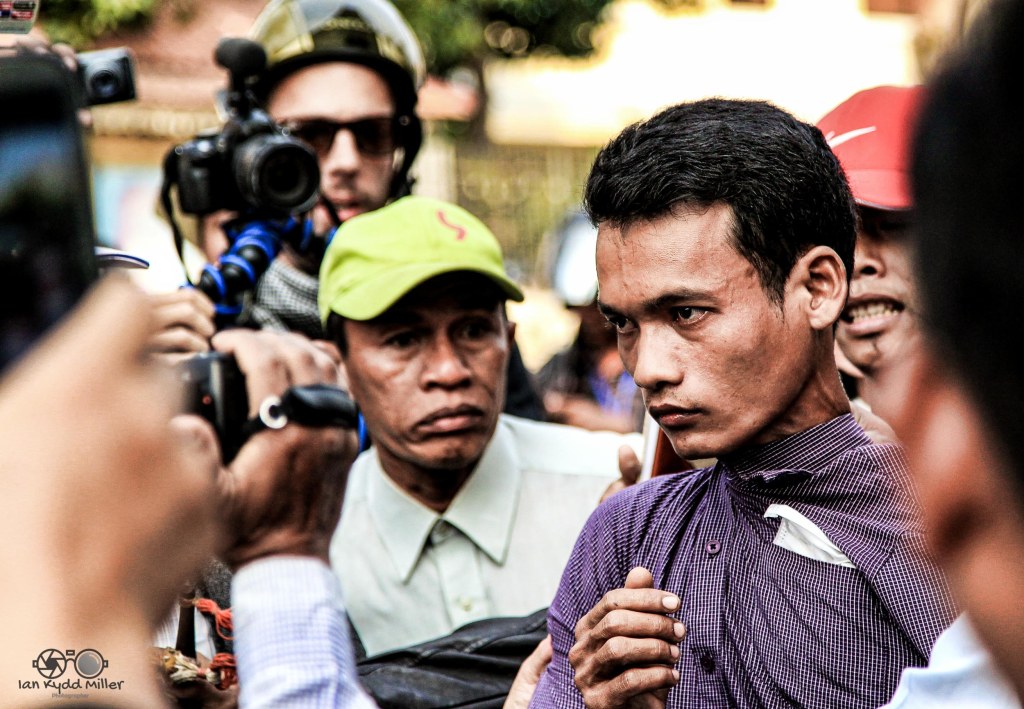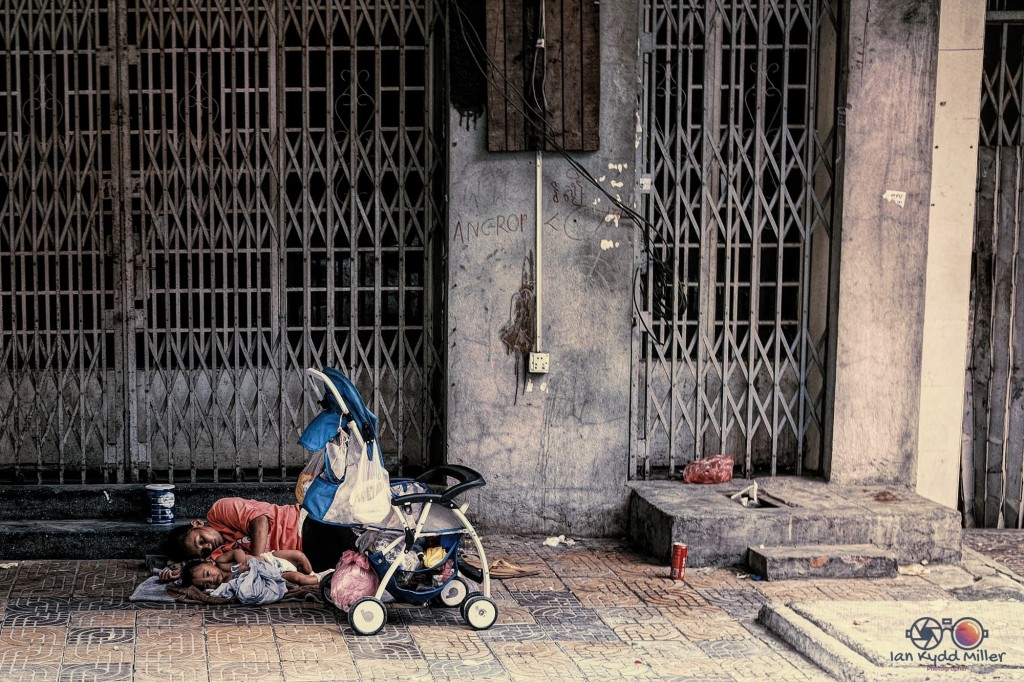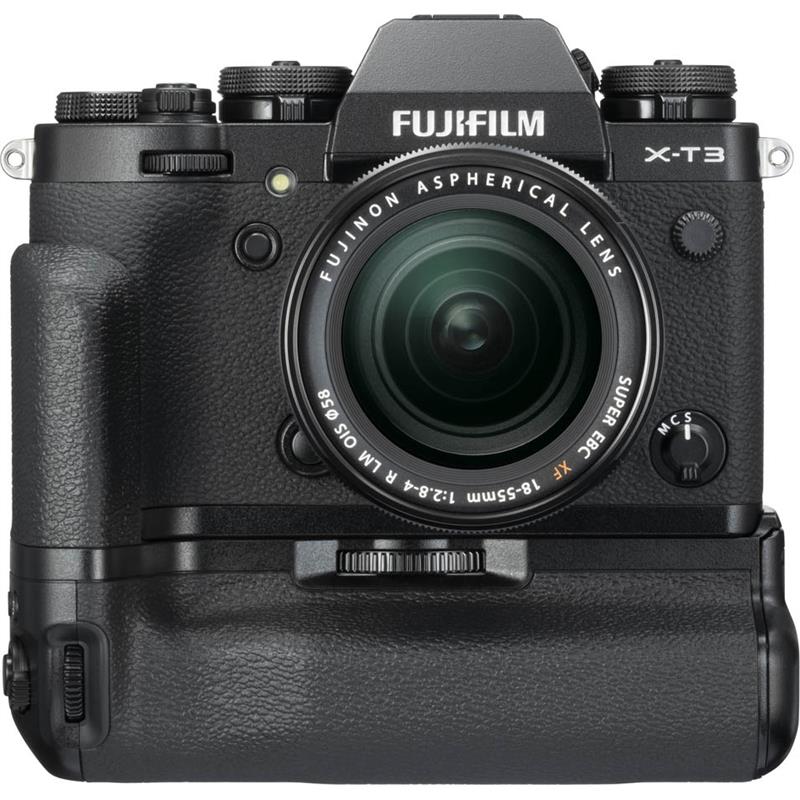The Nikon D800, with its impressive 36.3MP full-frame sensor, remains a formidable camera for photographers aiming for high-resolution images. Despite being succeeded by newer models, the D800’s image quality, dynamic range, and autofocus capabilities continue to make it a valuable tool for studio and landscape photography. Its ISO range of 100-6400, expandable to 50-25600, offers versatility in various lighting conditions. While it may not match the speed of some contemporary cameras, with a maximum frame rate of 4fps, its detailed output and overall performance still hold up against many modern DSLRs. For those considering a high-resolution camera without the steep price tag of the latest models, the Nikon D800 is indeed a worthy option.
Author: Ian Kydd Miller
Zoom or Prime Lens
cameras, Fujichrome, fujifilm, Lenses, opinons, thoughts, photography, street, Travel, viltroxIf you are into photography, you might have wondered whether you should get a zoom lens or a prime lens for your camera. Zoom lenses and prime lenses differ by how long their focal points are. Prime lenses have a unifocal lens (usually between 12mm to 5200mm), while zoom lenses have a variable focal length. This means that prime lenses are better for portrait shots, while zoom lenses are ideal for general photography.
In this blog post, I will explain the pros and cons of each type of lens and help you decide which one is best for your needs.
Prime Lenses: The Pros
One of the main advantages of prime lenses is that they are usually sharper, faster, and cheaper than zoom lenses. Sharper means that they produce images with more detail and clarity. Faster means that they have larger maximum apertures (such as f/1.4 or f/1.8), which allow more light to enter the lens and create a shallow depth of field. This is great for isolating your subject from the background and creating a beautiful bokeh effect. Cheaper means that they are more affordable than zoom lenses of similar quality.
Another benefit of prime lenses is that they are smaller and lighter than zoom lenses, which makes them easier to carry around and use. They also force you to be more creative and move around to get the best shot, rather than relying on the zoom ring to adjust your framing.
Prime Lenses: The Cons
The main drawback of prime lenses is that they are less versatile and convenient than zoom lenses. You can’t change the focal length of a prime lens, so you have to switch lenses if you want a different angle of view or magnification. This can be time-consuming and inconvenient, especially if you are shooting in a fast-paced or changing environment. You also have to carry more lenses with you if you want to cover a wide range of focal lengths.
Another disadvantage of prime lenses is that they may not suit every situation or style of photography. For example, if you want to capture landscapes, wildlife, sports, or events, you might need a zoom lens that can cover a wide or long focal range and give you more flexibility and reach.
Zoom Lenses: The Pros
The main advantage of zoom lenses is that they are more versatile and convenient than prime lenses. You can change the focal length of a zoom lens by simply turning the zoom ring, which gives you more options and controls over your composition and framing. You can also capture different perspectives and effects with one lens, such as wide-angle shots, telephoto shots, or macro shots (if your zoom lens has macro capabilities).
Another benefit of zoom lenses is that they are more suitable for certain situations and styles of photography. For example, if you want to capture landscapes, wildlife, sports, or events, you might need a zoom lens that can cover a wide or long focal range and give you more flexibility and reach. You can also react faster to changing scenes and subjects without having to switch lenses.
Zoom Lenses: The Cons
The main drawback of zoom lenses is that they are usually heavier, bulkier, and more expensive than prime lenses. Heavier and bulkier means that they are harder to carry around and use, especially for long periods. They also tend to attract more attention and may not be ideal for discreet or candid photography. More expensive means that they cost more than prime lenses of similar quality.
Another disadvantage of zoom lenses is that they are usually slower, less sharp, and more prone to distortion and vignetting than prime lenses. Slower means that they have smaller maximum apertures (such as f/3.5-5.6 or f/4-5.6), which limit the amount of light that enters the lens and create a deeper depth of field. This can make it harder to shoot in low-light conditions or achieve a shallow depth of field effect. Less sharp means that they produce images with less detail and clarity than prime lenses. More prone to distortion and vignetting means that they may cause some curvature or darkening at the edges of your images, especially at the wide or telephoto end of their range.
Conclusion
So which type of lens is best for you? It depends on your personal preference, budget, and style of photography. You might prefer a prime lens if you value sharpness, speed, affordability, and portability over versatility and convenience. If you value versatility, convenience, flexibility, and reach over sharpness, speed, affordability, and portability, then you might prefer a zoom lens.
Of course, you don’t have to choose one over the other. You can have both types of lenses in your camera bag and use them according to your needs and mood. The best way to find out which lens type suits you best is to try them out yourself and see what works for you.
FUJI XT3
UncategorizedThe Fuji XT3 camera is an absolute game-changer for photography enthusiasts! Its exceptional image quality, coupled with high-speed performance, makes it a top choice for both professionals and hobbyists. The XT3 boasts a 26.1MP X-Trans CMOS 4 sensor and X-Processor 4 image-processing engine that work together to deliver stunning photos and videos. With its improved autofocus system and ability to shoot 4K video, the XT3 ensures you capture every moment with clarity and precision. Plus, its robust build and weather-resistant design mean you can take it on any adventure. Get ready to elevate your photography with the Fuji XT3!
LITTLE GIRL, CAMBODIA
UncategorizedEducation in Cambodia faces significant challenges due to its lack of free access, which hinders many individuals from obtaining the learning opportunities they deserve. Despite efforts to improve the educational landscape, financial barriers and geographical inaccessibility continue to prevent a substantial portion of the population from pursuing academic growth. This situation calls for concerted efforts from both governmental and non-governmental organizations to implement policies and programs that can make education more affordable and reachable for all segments of society.
Fujifilm X100VI
UncategorizedNikon D3 DSLR
cameras, opinons, thoughts, photography, street, Travel, Uncategorized
The Nikon D3 is a camera that was released in 2007, but it can still compete with some of the newer models in terms of image quality and performance. What makes it so good? One of the main features of the D3 is its full-frame sensor, which has 12.1 megapixels and a wide dynamic range. This means that the camera can capture more details in both bright and dark areas of the scene, and produce images with less noise and more color accuracy. Another advantage of the D3 is its fast and accurate autofocus system, which has 51 focus points and can track moving subjects with ease.

The camera also has a high-speed continuous shooting mode, which can take up to 9 frames per second in full resolution, or up to 11 frames per second in cropped mode. This is ideal for capturing action shots or sports events. The D3 also has a robust and durable body, which is weather-sealed and made of magnesium alloy. The camera has a large and bright viewfinder, which covers 100% of the frame, and a 3-inch LCD screen, which has 920,000 dots and a wide viewing angle. The camera also has a dual memory card slot, which can accept both CompactFlash and SD cards, and a long battery life, which can last for up to 4300 shots per charge. The Nikon D3 is a camera that may be old, but it can still deliver great results for professional and enthusiast photographers who value image quality and performance over the latest features and technology.






Nikkor 50mm lenses
UncategorizedIf you are looking for the sharpest 50mm lens from Nikon, you might be wondering which one of the three models you have is the best choice. The 50mm f1.4D, the 50mm f1.8D and the 50mm f1.8G are all popular lenses that offer good performance and image quality. However, there are some differences between them that might affect your decision.

The 50mm f1.4D is the oldest and most expensive of the three. It has a fast aperture of f1.4, which allows you to shoot in low light and create a shallow depth of field. However, it also has some drawbacks, such as lower contrast, more chromatic aberration and more distortion than the other two lenses. It also lacks an autofocus motor, which means it will not autofocus on some Nikon cameras that do not have a built-in motor.
The 50mm f1.8D AF is the cheapest and lightest of the three. It has a slightly slower aperture of f1.8, but it still performs well in low light and produces a nice bokeh. It has better contrast, less chromatic aberration and less distortion than the 50mm f1.4D, but it also lacks an autofocus motor and has a noisy and slow autofocus mechanism.
The 50mm f1.8 AFS G is the newest and most advanced of the three. It has a silent wave motor (SWM) that enables fast and quiet autofocus on any Nikon camera. It also has an aspherical element that reduces spherical aberration and improves sharpness across the frame. It has the best contrast, least chromatic aberration and least distortion of the three lenses, but it also has a higher price tag and a larger size than the 50mm f1.8D.

So, which one is the sharpest? The answer depends on several factors, such as your shooting conditions, your camera model, your aperture setting and your personal preference. However, based on some tests and reviews, the general consensus is that the 50mm f1.8AFS G is the sharpest of the three at most apertures, especially at wide open and stopped down to f5.6 or f8. The 50mm f1.8D AF is slightly less sharp than the 50mm f1.8AFS G, but still sharper than the 50mm f1.4D at most apertures. The 50mm f1.4D is the least sharp of the three at wide open and only becomes comparable to the other two at smaller apertures, such as f11 or f16.

Of course, sharpness is not everything when it comes to choosing a lens. You might also consider other aspects, such as color rendition, flare resistance, build quality, weight, size and price. Ultimately, the best lens for you is the one that suits your needs and budget.
The images here were taken with the Nikkor 50mm f1.4D at between f4 and 5.6 certainly not my sharpest lens.
I own and use all three of these lenses and IMO the cheapest of the bunch gives me the best result for the way I make pictures.
Nikon 18-35 f3.5/4.5 ED Zoom
UncategorizedIf you’re looking for a versatile wide-angle zoom lens for your Nikon DSLR, you might want to check out the Nikon 18-35 f3.5/4.5 ED Zoom. This lens is a great option for landscape, architecture, travel and even some street photography. It has a compact and lightweight design, making it easy to carry around and fit in your bag. It also has a fast and quiet autofocus system, thanks to the Silent Wave Motor (SWM) technology. The optical quality of this lens is impressive, as it features two extra-low dispersion (ED) elements and three aspherical elements to reduce chromatic aberrations and distortions. The lens also has a Super Integrated Coating (SIC) to enhance contrast and color accuracy, and to minimize flare and ghosting. The Nikon 18-35 f3.5/4.5 ED Zoom has a variable aperture of f3.5 at 18mm and f4.5 at 35mm, which means it’s not very bright in low-light situations. However, it still performs well in most lighting conditions, especially if you use a tripod or increase the ISO. The lens also has a minimum focusing distance of 0.28m, which allows you to get close to your subjects and create some interesting perspectives. The lens has a 7-blade rounded diaphragm, which creates smooth and pleasing bokeh effects in the background. Overall, the Nikon 18-35 f3.5/4.5 ED Zoom is a high-quality and affordable wide-angle zoom lens that can deliver sharp and detailed images in various scenarios. It’s not perfect, but it’s definitely worth considering if you want to expand your creative possibilities with your Nikon DSLR.

Cropping in post-processing acceptable or not?
opinons, thoughts, photography, pictures, processing, public, streetHi everyone! Welcome to my blog where I share my passion for street photography and tips on how to improve your skills. Today I want to talk about a topic that is often debated among street photographers: is cropping in post-processing acceptable or not?
Some people might argue that cropping in post-processing is cheating, that it alters the original composition and vision of the photographer, and that it shows a lack of skill and planning. They might say that a true street photographer should be able to capture the decisive moment with the right framing and perspective, without relying on editing software to fix their mistakes.

Others might disagree and say that cropping in post-processing is a creative tool, that it allows the photographer to enhance their images and express their artistic vision, and that it shows a willingness to experiment and learn. They might say that a true street photographer should be open to new possibilities and techniques, without being constrained by rigid rules and dogmas.
So, who is right and who is wrong? Well, in my opinion, there is no definitive answer to this question. Street photography is a form of art, and art is subjective. What works for one photographer might not work for another. What appeals to one audience might not appeal to another. What matters is that you are happy with your images and that they reflect your personal style and message.

Personally, I don’t have a problem with cropping in post-processing, as long as it doesn’t change the essence and meaning of the image. Sometimes I crop my images to remove distracting elements, to improve the balance and harmony of the composition, or to emphasize the main subject or emotion. Sometimes I don’t crop my images at all, because I like them as they are. It depends on each image and what I want to achieve with it.
I think that cropping in post-processing is acceptable in street photography, as long as it is done with intention and purpose, not with laziness and carelessness. I think that cropping in post-processing is a skill that can be learned and improved, not a shortcut that can be abused and overused. I think that cropping in post-processing is a matter of personal preference and taste, not a matter of right or wrong.

What do you think? Do you crop your images in post-processing or not? Why or why not? Let me know in the comments below. And don’t forget to subscribe to my blog for more street photography content. Thanks for reading and happy shooting!








